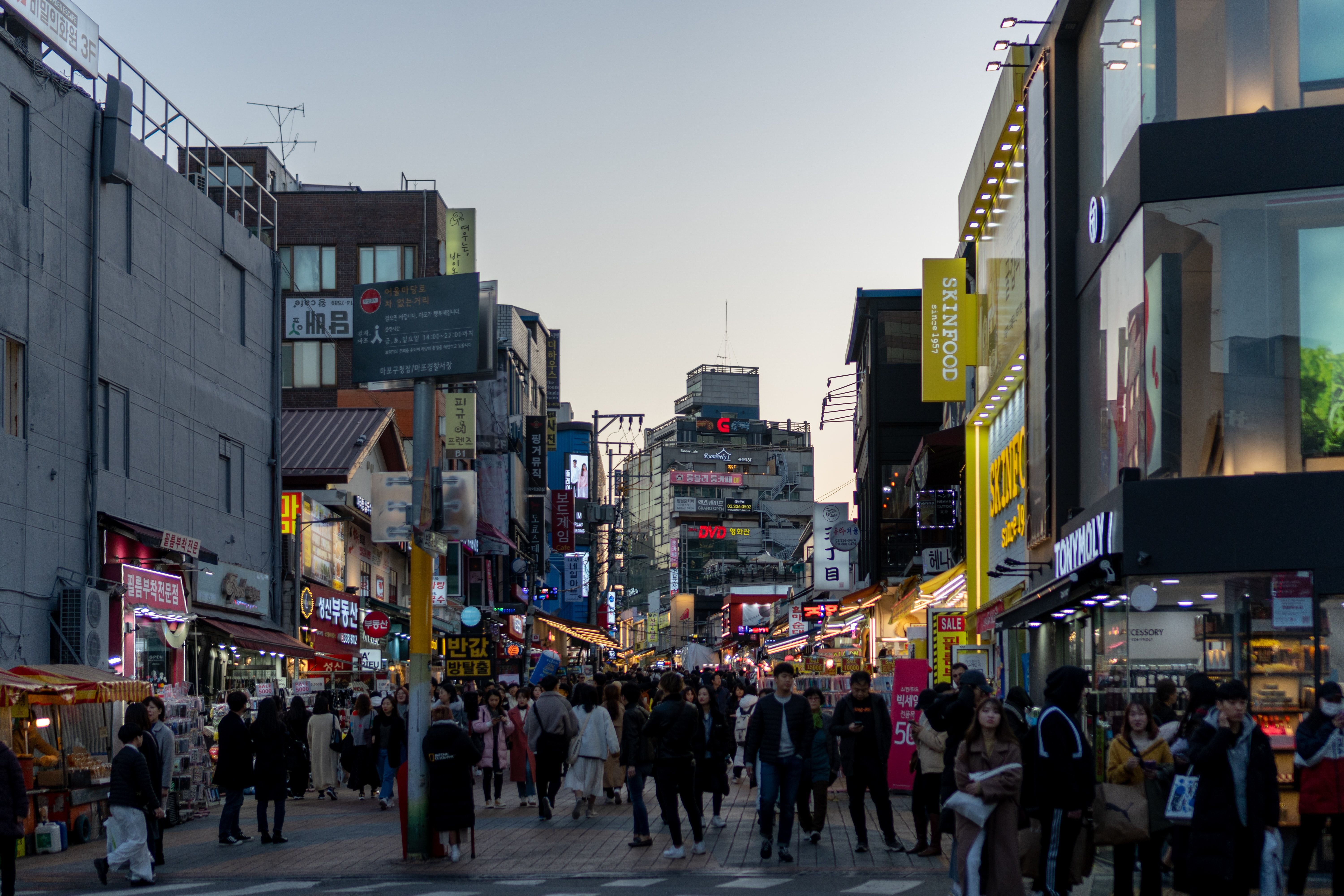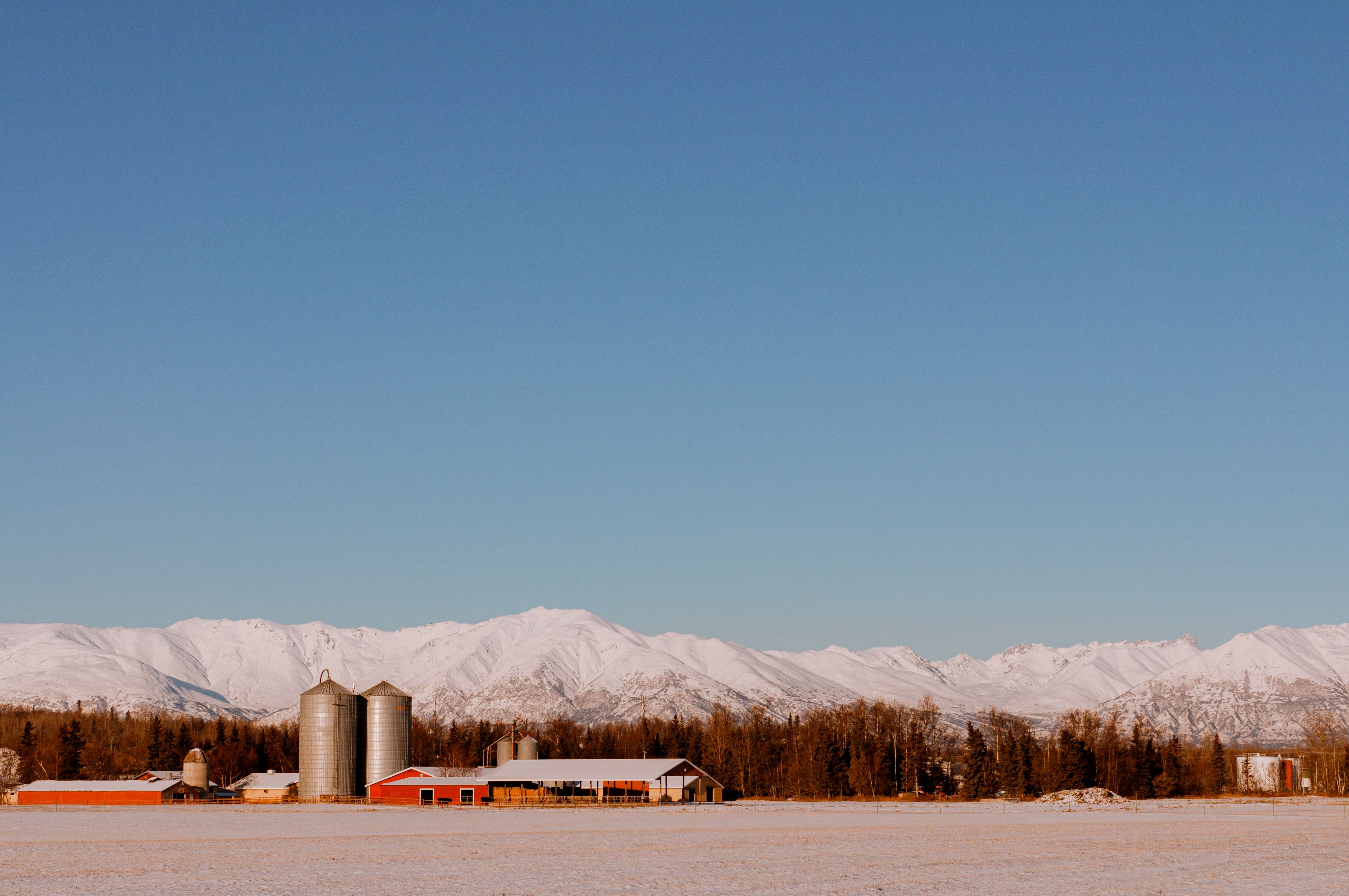Alongside being one of the wealthiest nations in the world, the US is also home to some of the planet’s biggest technology companies. Yet, despite this, customers throughout the country suffer from poor mobile internet speeds compared to other developed countries.
Time and time again, research has shown that mobile internet speed in the US lags behind other nations. But how bad is the signal on your cell phone, and why is this the case? This article will explore three possible reasons.
How Slow Is the Mobile Internet Speed in the US?
According to the April 2021 Speed Test Global Index, the US ranked 18th in mobile internet download speeds.
Despite moving up one and having higher speeds than the global average, the country still ranks below a whole list of developed nations. Some countries with higher average mobile speeds than the US in that month include Bulgaria, Greece, and Cyprus.
When it comes to 5G, the US also doesn’t rank well. Research published in 2020 by OpenSignal revealed that 5G speeds in the country were a meager 52 megabytes per second when tested. That was slower than some nations’ 4G speeds, including the Netherlands, Canada, and South Korea.
Now you know how slow mobile internet speeds in the US are, let’s take a closer look at why this might be the case.
Population Density
Space-wise, the US is enormous. And with a population of well over 320 million, it’s hardly the smallest country in that respect either.
But one big differentiator is the population density in the country. According to data on the World Bank, the US has 36 people per square kilometer. In comparison, the European Union has 112, South Korea has 529, and China has 148.
One possible explanation behind US mobile internet speed being so slow on average is that providers may find it easier to offer a better service in denser areas.
Compared to countries with larger geographical spread, nations with a higher population density can concentrate more of their efforts into a smaller area. That could be one reason why smaller nations like Luxembourg and Cyprus ranked above the US in the Speed Test Global Index.
Competition (or a Lack of It)
The likes of Verizon and AT&T are some of the most recognizable company names in the world. But in the US, some worry that a lack of competition is stopping citizens from enjoying faster mobile speeds.
Back in 2013, Susan Crawford—who used to work in a tech-related role for ex-US President Barack Obama—told the BBC:
We deregulated high-speed internet access 10 years ago and since then we’ve seen enormous consolidation and monopolies, so left to their own devices, companies that supply internet access will charge high prices because they face neither competition nor oversight.
By the same virtue of charging higher prices, the lack of competition is also a potential reason why mobile internet speeds are so slow. Without many disruptors, the more prominent companies may feel like they can remain popular, even without drastic speed improvements.
Infrastructure
Tying in with population density, the size of the US also makes it more challenging to put the correct mobile internet infrastructure in place.
While maintaining consistent speeds in big cities like San Francisco and New York might be somewhat straightforward, doing the same in a rural part of Alaska may not be easy
Making internet speeds faster isn’t the sole responsibility of the cellular carriers themselves. Instead, it’s a joint effort between them and engineers—as well as local governments.
US Cell Phone Internet Speeds Lag Behind Other Developed Countries
US cell phone users have to endure lower speeds compared to their European and Asian counterparts. It’s often confusing why such a powerful country has slow mobile internet, but the explanation is complex.
Providers lacking competition is one reason, but not the only. US population density also makes it more challenging to cater to everyone, especially in rural areas.
Infrastructure also plays a role in poor internet speeds. All of these challenges will need addressing before the US can raise its standards.



